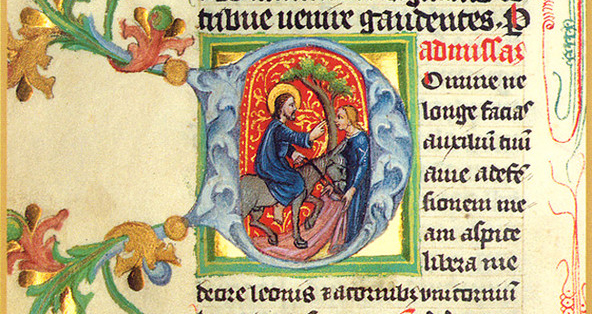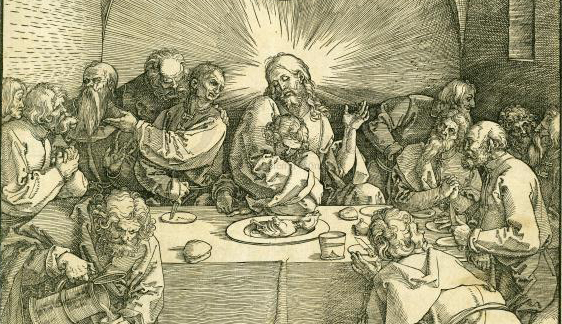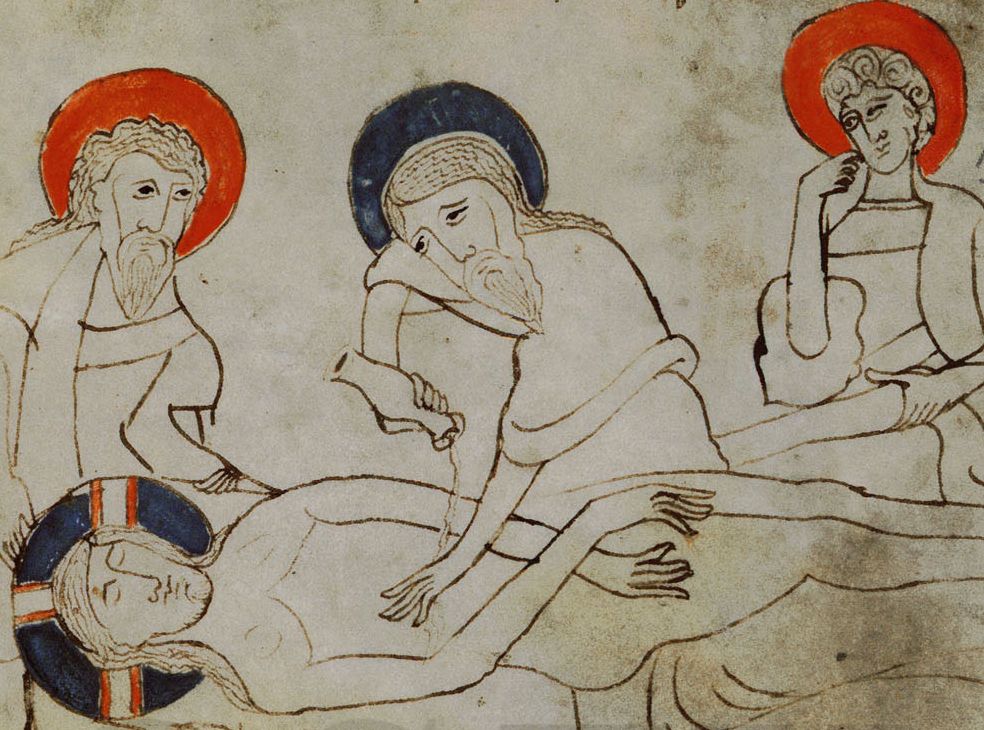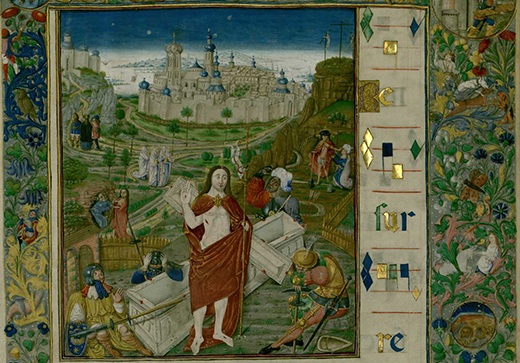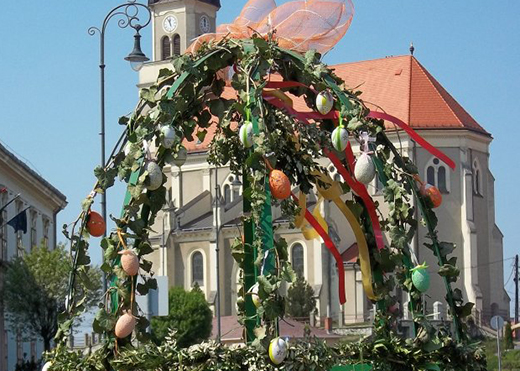
From Palm Sunday to Resurrection
Sunday preceding Easter has been referred to under various names, including Yew Sunday, Palm Sunday, or Branch Sunday, which refer to the history of the day opening the Holy Week, Jesus Christ riding on a donkey into Jerusalem and to the symbols of the holiday. There are data from the 4th century suggesting that on this day, Christians kept the procession of the Lord's march, and departed from Mount Olive and went to Jerusalem, waving palm and oil branches.
Maundy Thursday is the is holy day commemorating the Last Supper of Jesus Christ with the Apostles, the foundation of the Eucharist, and the night of the betrayal and capture of Jesus; the first day of the so-called Easter Triduum of the Catholics.
Good Friday is the day commemorating the crucifixion of Jesus, his death at Calvary, his burial, and the day of mourning.
Holy Saturday is the day of silent mourning, the day that Jesus' body was laid in the tomb. After Christ’s death on Good Friday, the curious crowd dispersed, beating their breasts, while the acquaintances of Jesus, including the women who accompanied him from Galilee, were watching the events from afar.
According to the testimony of the gospels, in the year of Jesus’ death, the Old Testament Easter (Passover, Pesach) fell on Saturday. So the crucifixion of Jesus, his death and burial took place on the so-called preparation day, and, as required by the Old Testament law, and the disciples were also at rest on Saturday.
Services following Good Saturday night and nightfall, and masses, worship services on Resurrection Sunday proclaim the good news of Resurrection.
You can have a look at the source of the image, the Matthias Gradual on our corvina website.
Easter Monday is the day following the greatest Christian holiday, Resurrection Sunday, to which a number of folk traditions are related.



